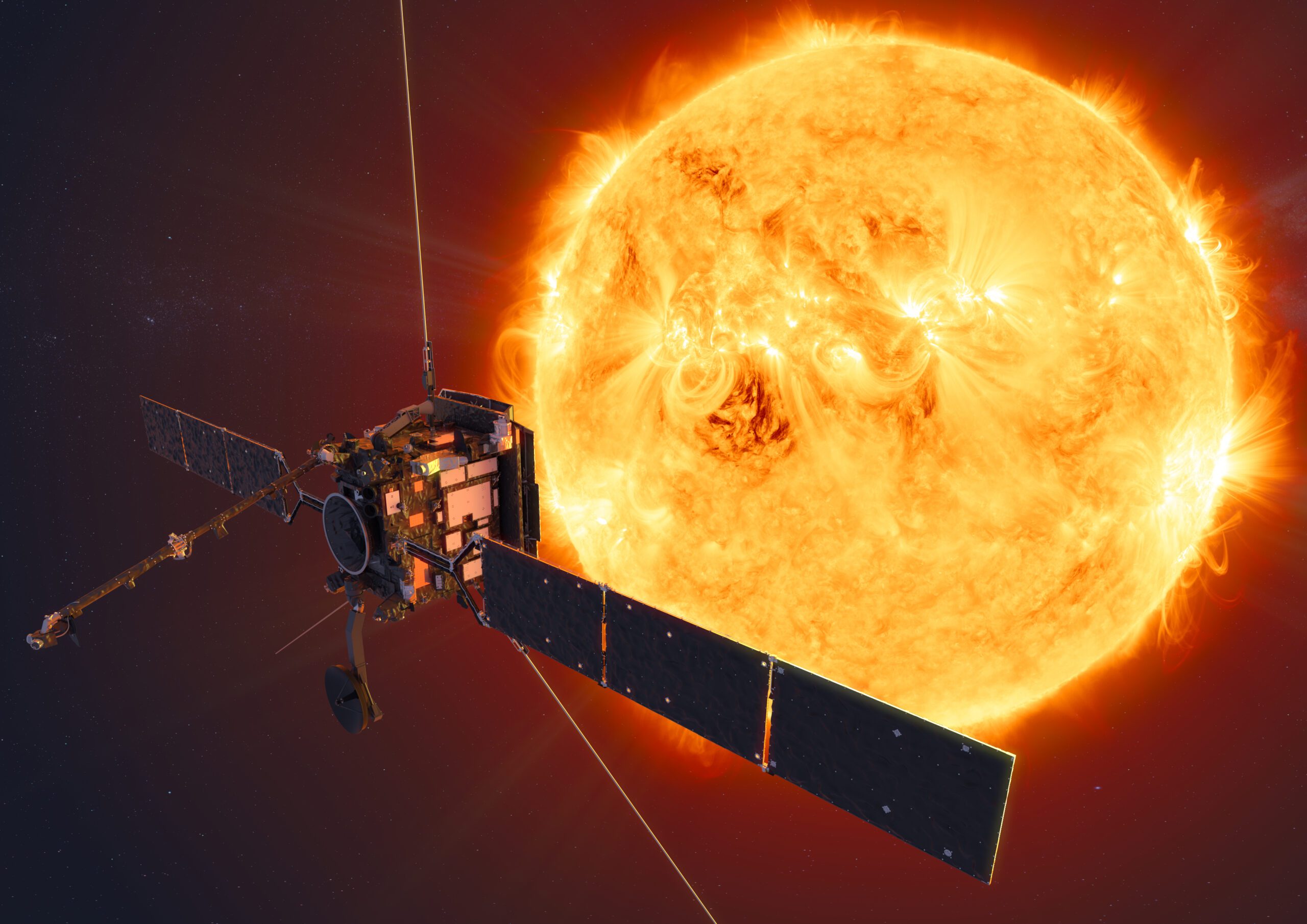Living with an Active Star: The Sun and Solar Orbiter




Living with an Active Star: The Sun and Solar Orbiter
Fate Restaurant, Naas, Co. Kildare (see MAP)
March 5th @ 7pm
Entry: Free
Presented by Naas Amateur Astronomy Society see https://www.facebook.com/groups/1350717545323124
Members of the society will also be giving a short presentation entitled “Astronomy for Beginners” while several powerful telescopes belonging to society members will be set up in room with the aim of giving advice on the practically, use, price and different types.
—————————————————————————————-
“Living with an Active Star: The Sun and Solar Orbiter” with Dr Dr. Laura Hayes
We are living with an active star, and we need to think about the realities of that. For solar physicist Dr. Laura Hayes, the sun is more than a distant celestial body — it’s a dynamic force shaping the space weather that impacts modern life on Earth.
A proud alumna of Trinity College, Laura earned both her bachelor’s degree in Theoretical Physics and her PhD in Astrophysics from the School of Physics. She boasts an impressive résumé, featuring collaborations with some of the biggest names in astrophysics, including postdoctoral research at NASA and the European Space Agency (ESA). Her career has taken her to California, Washington D.C., and South Holland, and just last month has brought her back to Dublin to join the Dublin Institute of Advanced Studies (DIAS).
Laura’s research focuses on solar flares, giant explosions on the sun that release immense amounts of energy, light, and high-speed particles into space. The sun undergoes an eleven year activity cycle, alternating between periods of high and low magnetic activity. During solar maximum — the peak of this cycle — the sun becomes particularly active, with increased sunspots, flares, and solar storms. Sunspots, the visible markers of active regions on the sun, are regions with intense, complicated magnetic fields that provide a window into the sun’s complex magnetic interior. These areas often give rise to solar eruptions, including flares and coronal mass ejections (CMEs), which can disrupt the Earth’s magnetic environment.Solar activity can significantly affect space weather, which has pronounced impacts on Earth. While it can create breathtaking displays like the aurora borealis, it also poses real risks like can create long lasting radiation storms that can harm satellites, communications systems, and even ground-based technologies and power grids.
The Solar Orbiter is a spacecraft designed by the European Space Agency (ESA) in collaboration with NASA. First launched on February 10, 2020, from Cape Canaveral, it’s equipped with ten advanced instruments designed to study the sun and its heliosphere in unprecedented detail. This mission, two decades in the making, marks a significant leap in solar research.
Solar Orbiter: https://en.wikipedia.org/wiki/Solar_Orbiter
Members of the club will also be giving a short presentation entitled “Astronomy for Beginners” or similar. I’ll throw in a little on the astrophotography side
Additional Details
Event County - Kildare

